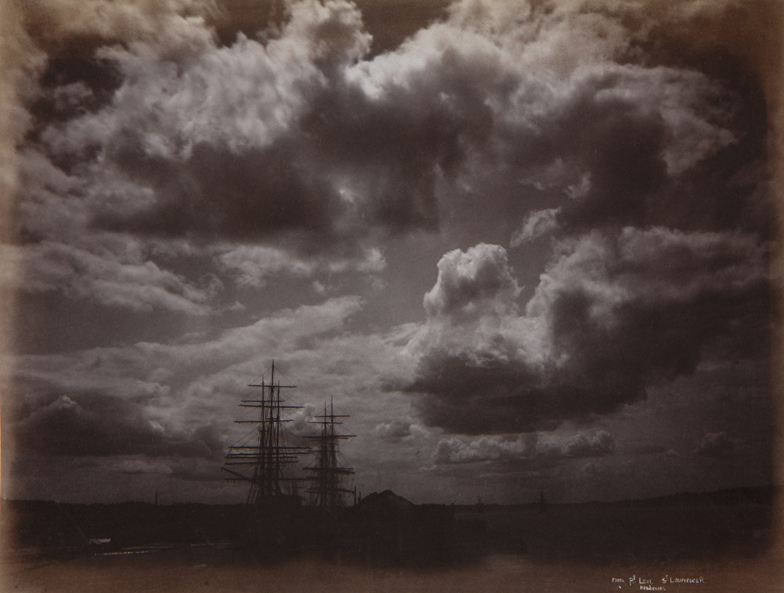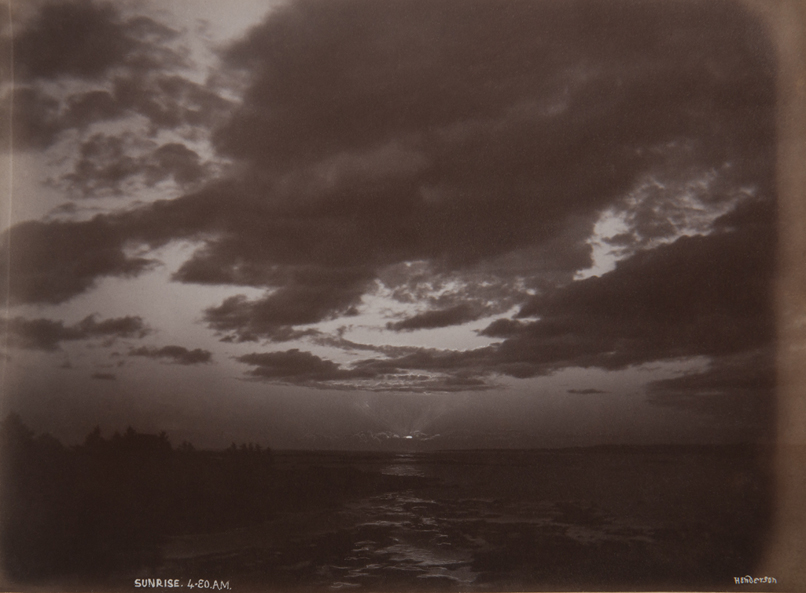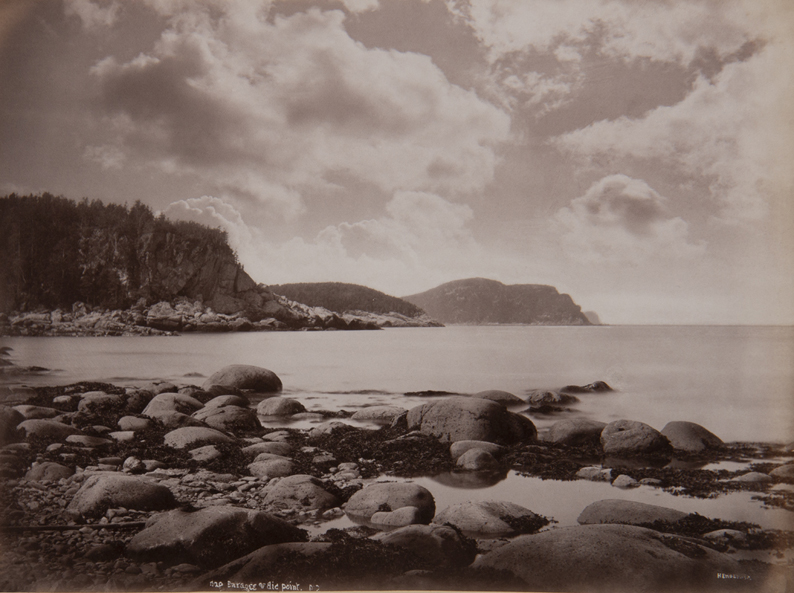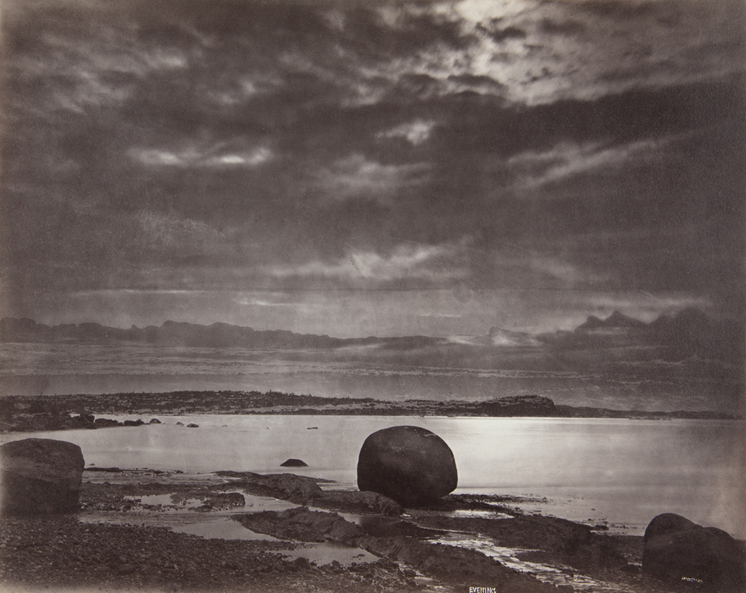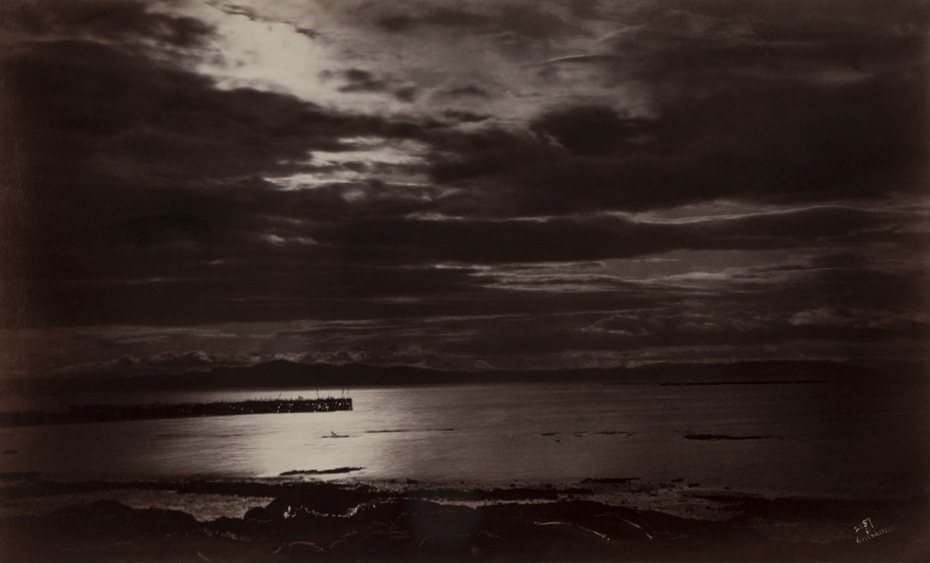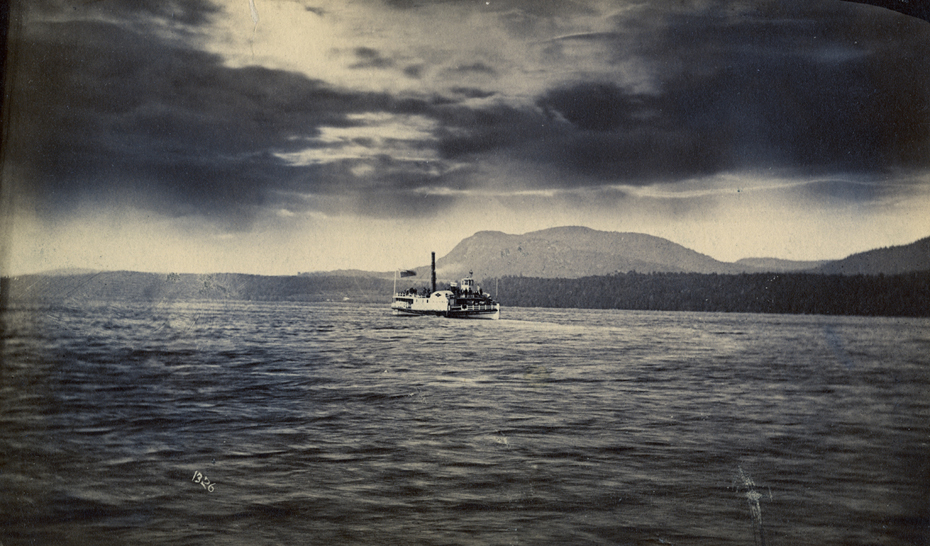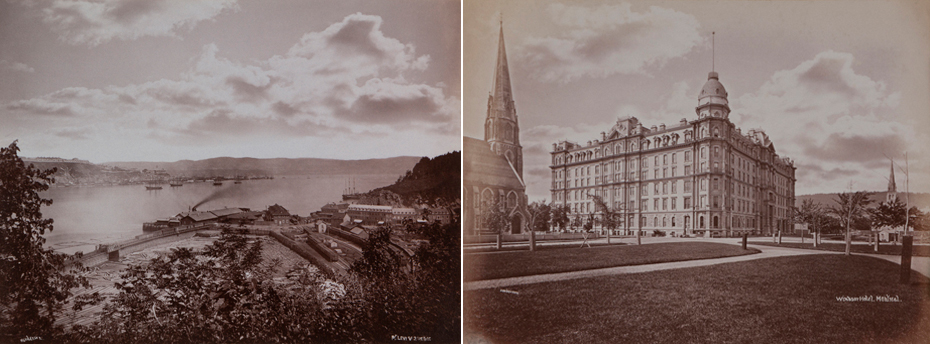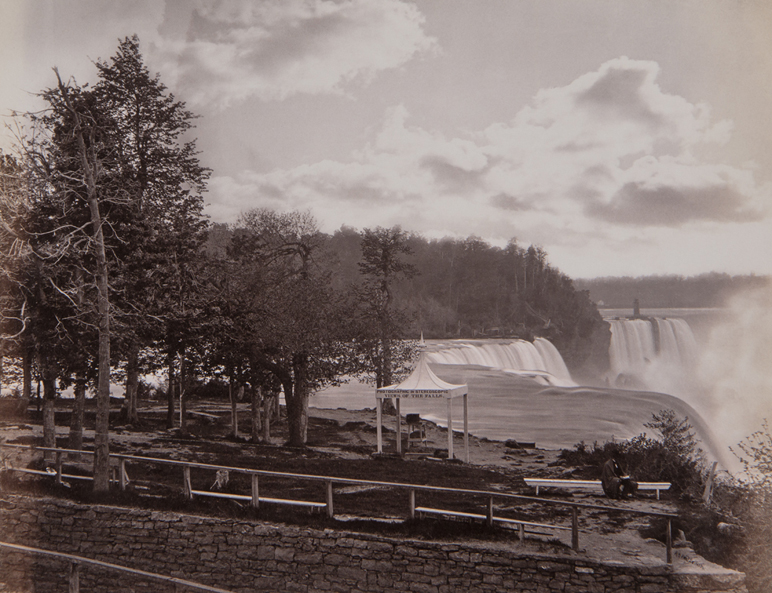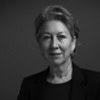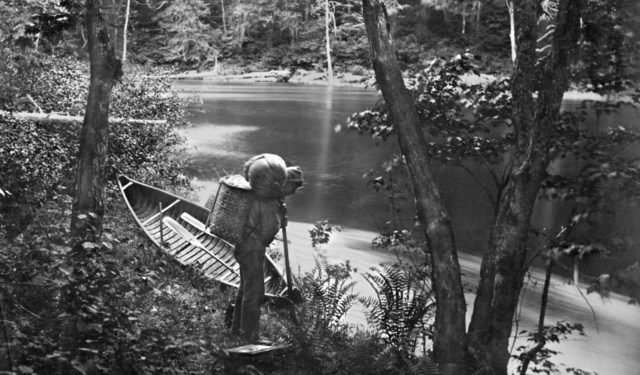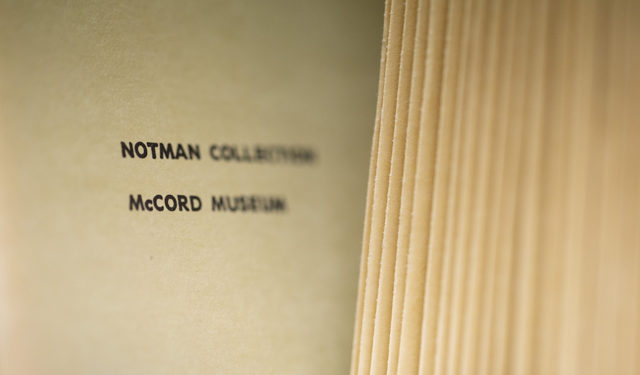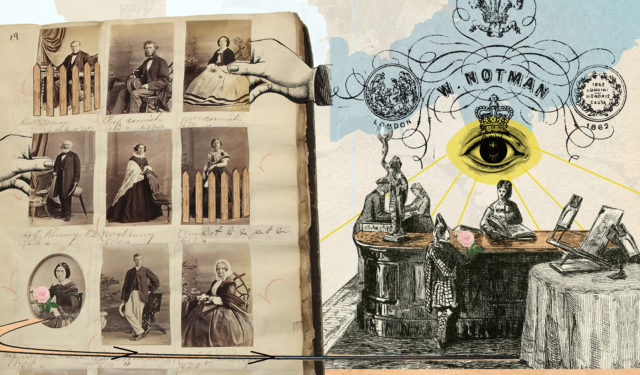Henderson: Clouds and Atmospheric Effects
Learn more about the technique of photographer Alexander Henderson, who clearly had his head in the clouds!
August 18, 2022
Destined by his family for the profession of accountant, Alexander Henderson (Edinburgh, 1831–Montreal, 1913), who emigrated from Scotland to settle in Canada in 1855, discovered his passion for photography shortly after arriving in Montreal. Captivated by the splendour of the country’s natural scenery, he would become one of its leading landscape photographers, renowned during his lifetime at home and abroad.
| Don’t miss the exhibition Alexander Henderson – Art and nature |
Henderson’s skies are often magnificent: they enhanced his landscapes with the rich atmospheric effects of which critics were so fond. The invariably aesthetic approach the photographer took to landscape reflects his artistic impulse and his desire to transmit the emotion nature inspired in him.
The beauty of Henderson’s images, particularly their atmospheric effects, is due in large part to his practice of adding clouds to his pictures. He possessed a collection of negatives of clouds, each numbered for ease of use. Moreover, the same clouds sometimes appear in different images. Can you spot them?
There were several ways of creating cloudy skies. The simplest was to use a finger or paintbrush to apply an opaque liquid directly onto the negative, which would appear as white streaks on the print. Henderson excelled in the use of another, more complex process: he would make two negatives, one for the landscape, and another – taken with a shorter exposure time – for the sky, which he printed successively on the same sheet of albumenized paper, creating the complete image in the darkroom.
This technique was quite common during the 1860s and 1870s among photographers concerned with the aesthetic quality of their works, including Gustave Le Gray (1820-1884) and William Notman (1826-1891).
Before the 1880s, technical constraints prevented photographers from capturing the details of sky and landscape at the same time. The exposure time required to record variations of light and shadow and the particular sensitivity to blue light of the emulsion employed resulted in landscapes with dull, uniform skies.

